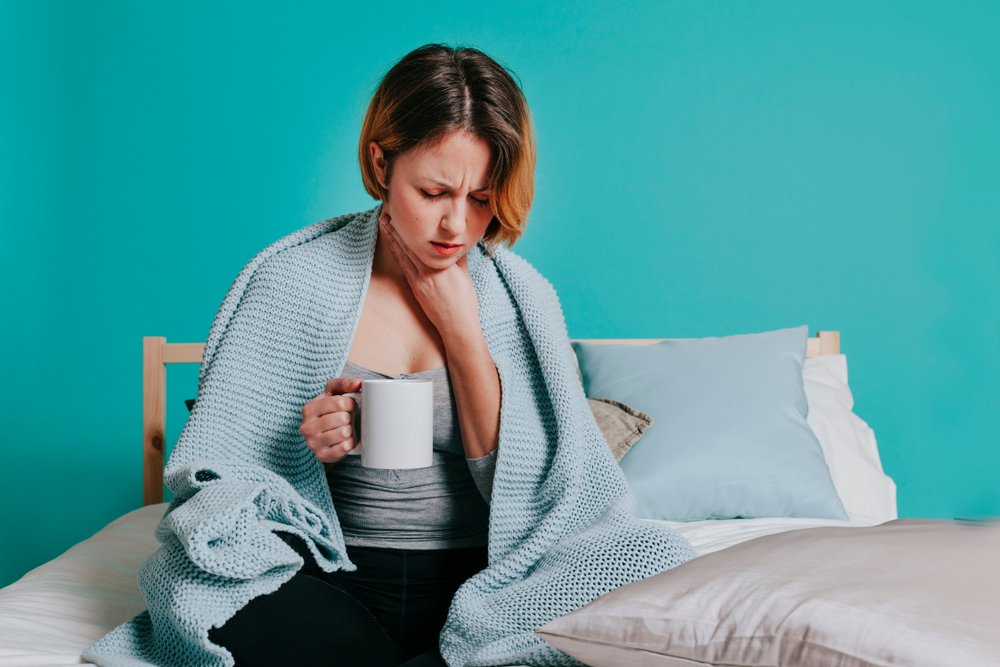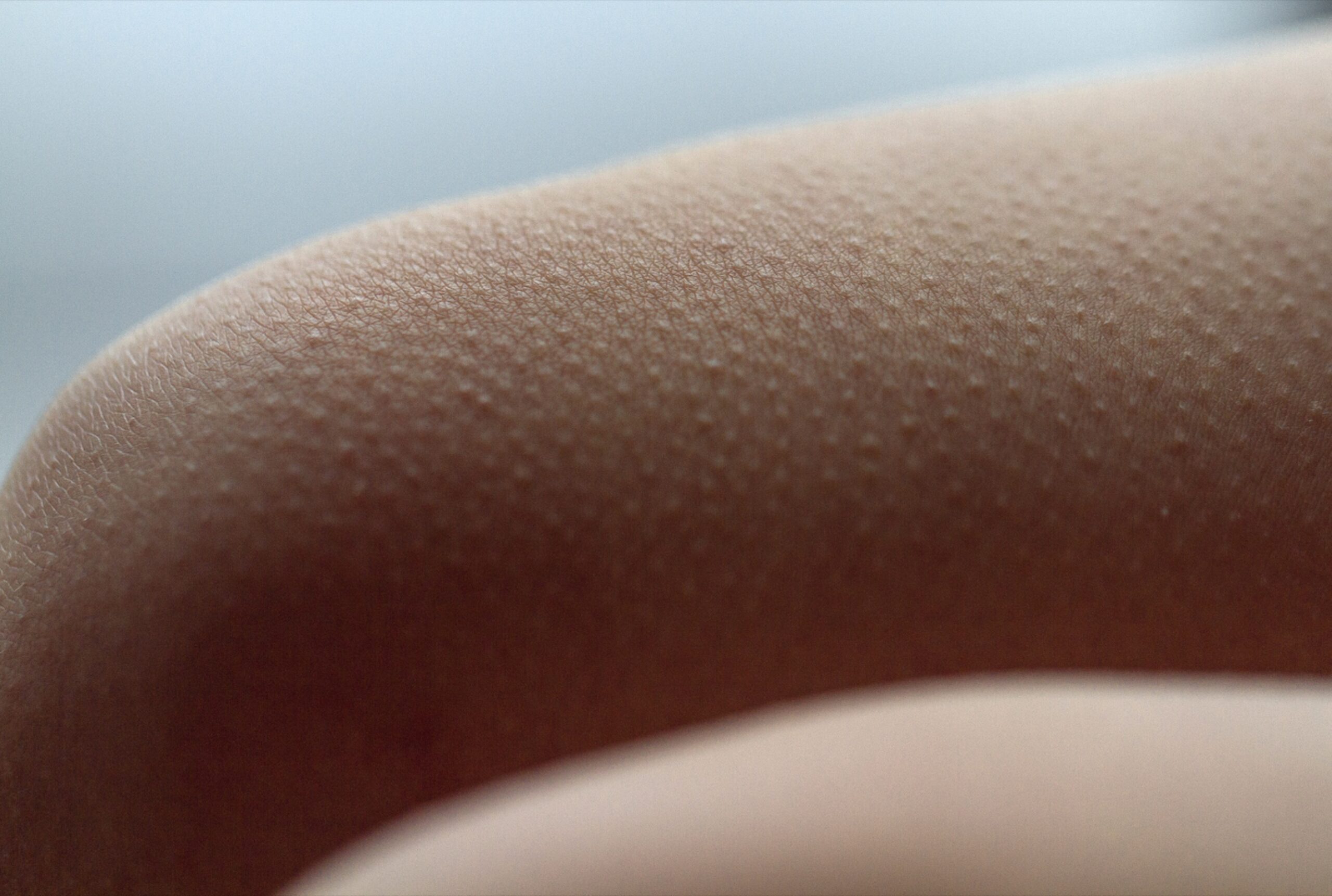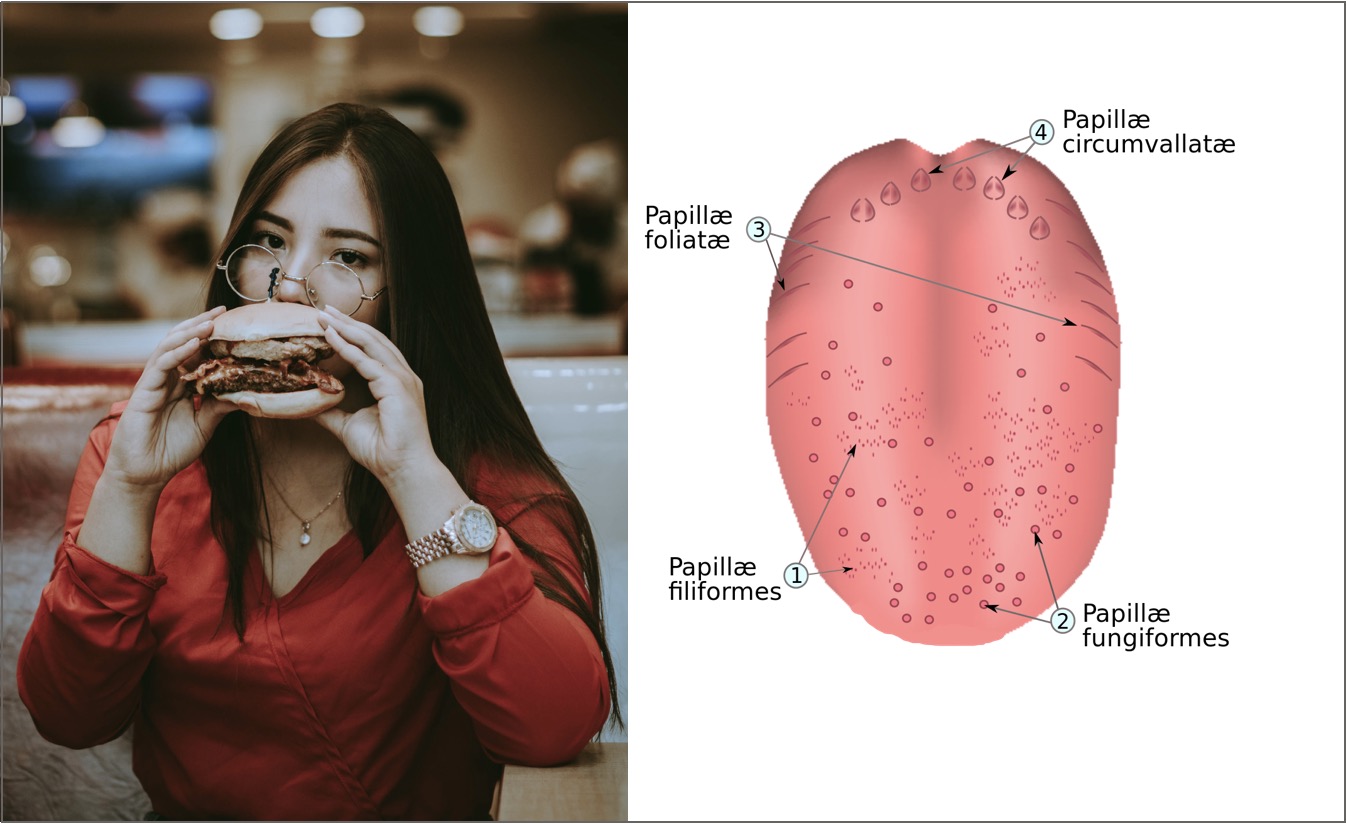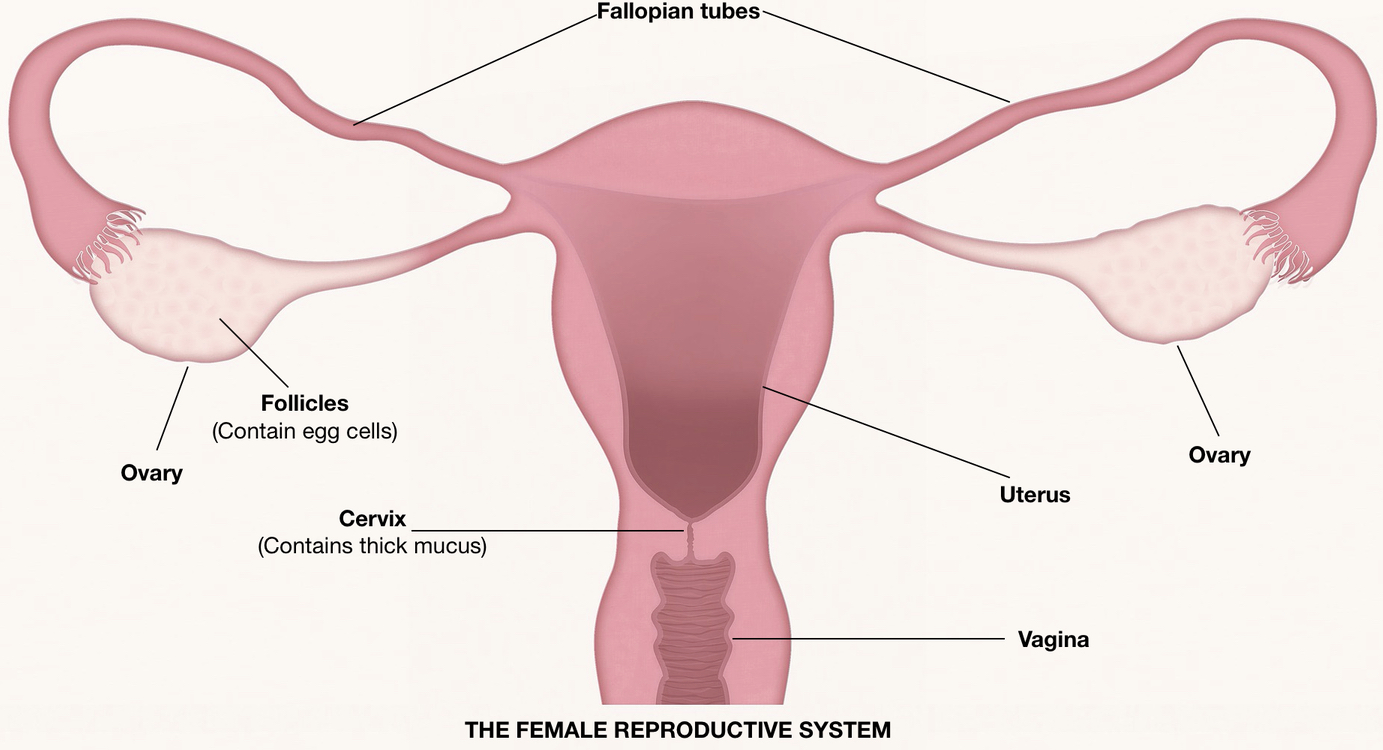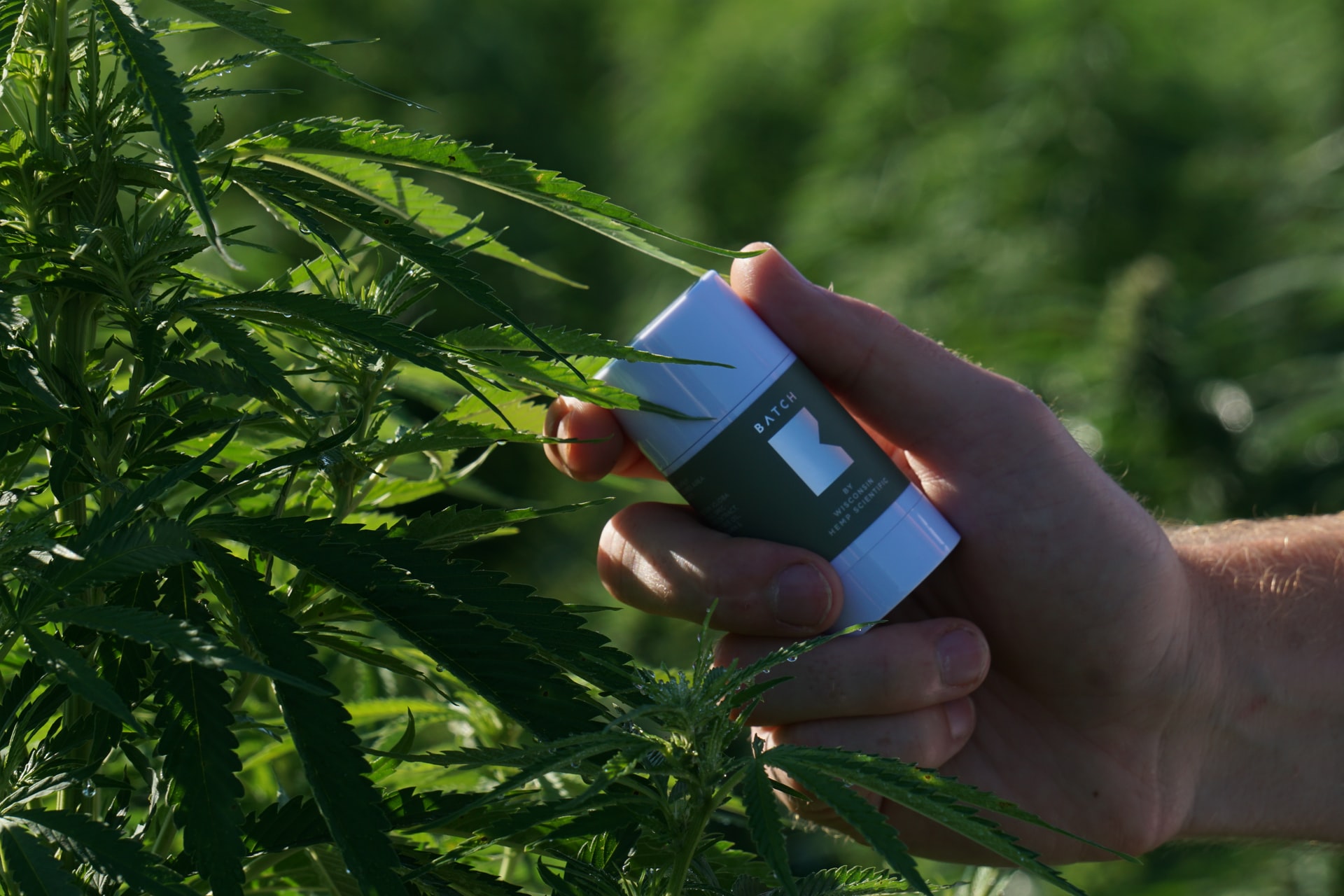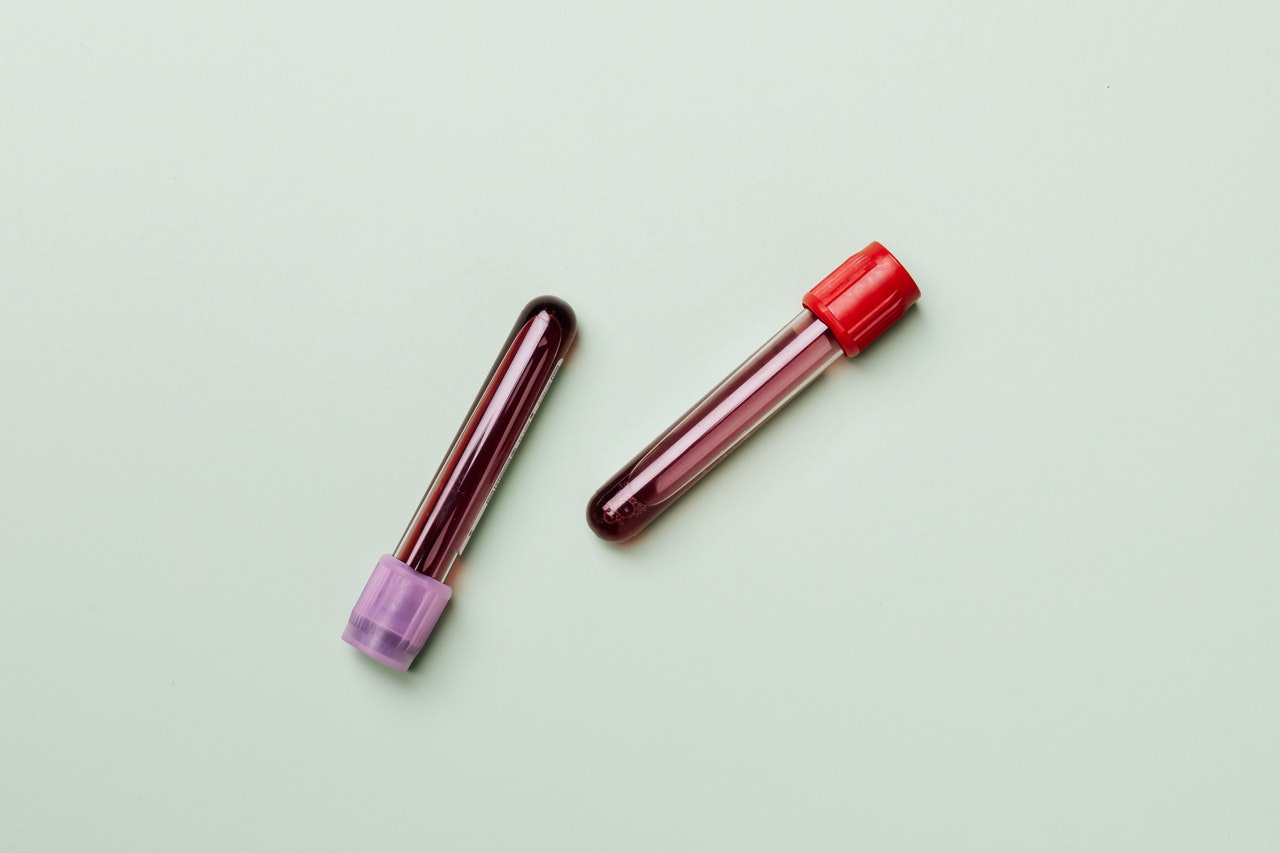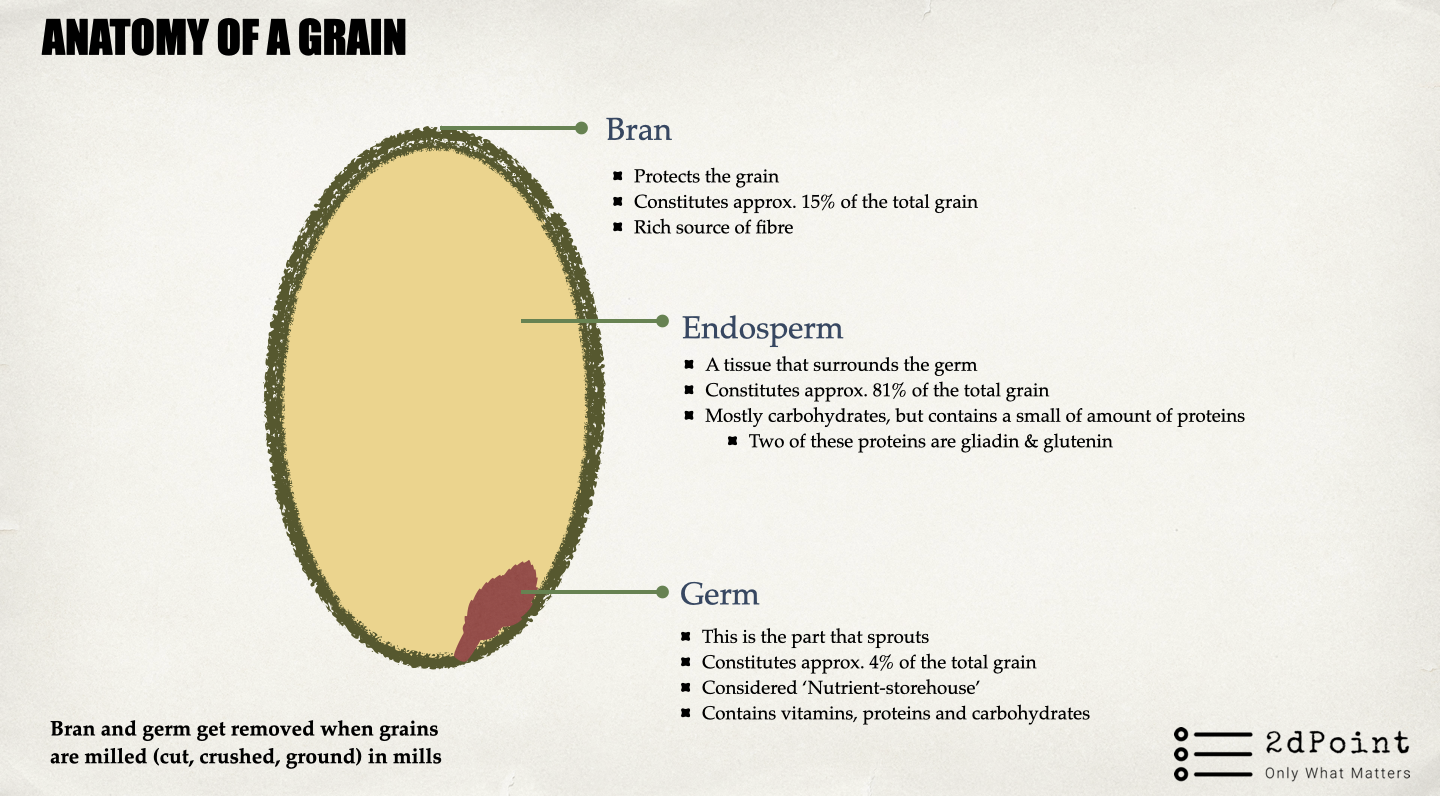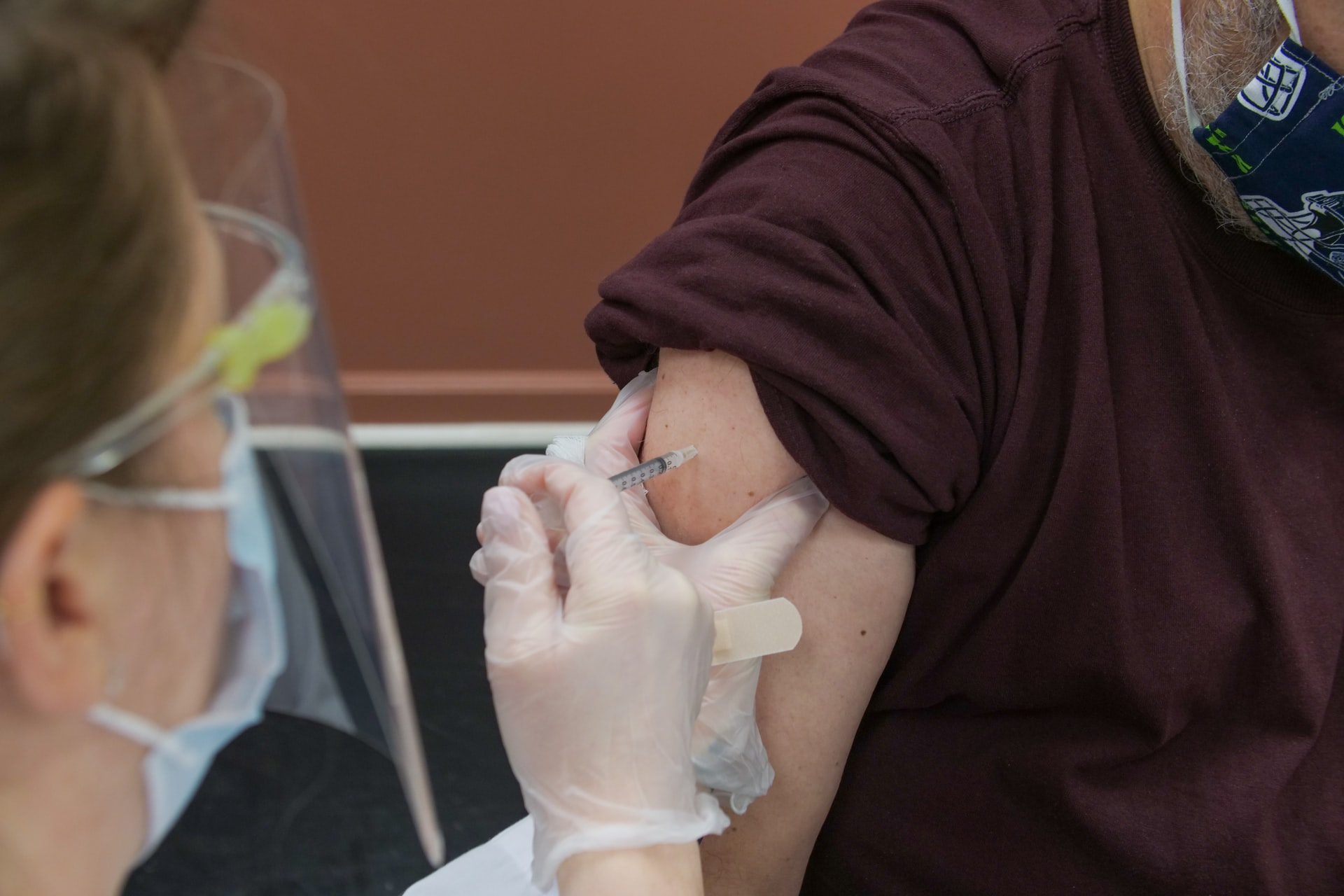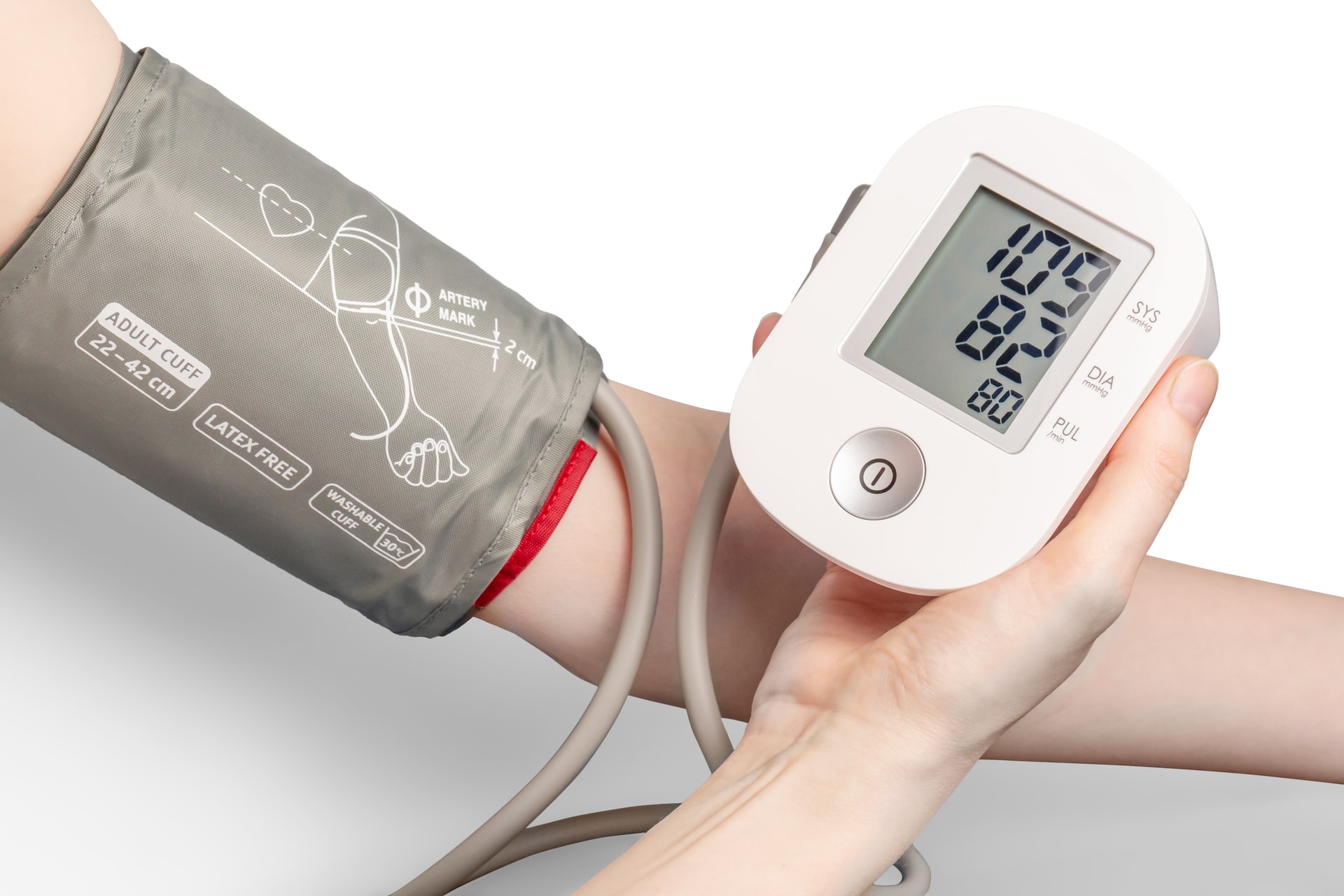Reading Time: < 1 minutes
- Imagine the human body to be a castle.
- This castle is an attractive place (full of nutrition) for pathogens (virus, bacteria, etc.).
- And while these foreign objects are always looking to invade, they can’t just enter from anywhere.
- So, they keep searching for opportunities through the gates i.e. organs responsible for carrying supplies inside the castle (eyes, ears, nose, throat, etc.).
- Throat gets attacked the most because it is the biggest recipient of supplies (food, water, air) and comes in constant contact with stuff supplied by hands, and external objects (cutlery, bottles, etc.), which have a higher chance of carrying pathogens.
- As viruses and bacteria enter through the throat, they begin replicating.
- It takes a couple of days before they reach a point of infection at which they activate the body’s immune reaction to fight off the virus.
- One of the things the immune system does in case of infections is to send a chemical called histamine to the site.
- Histamine causes the surrounding blood vessels to become wider so the fluid and cells of the immune system, such as leukocytes (white blood cells) can reach the site of infection faster.
- The fluid, filled with white blood cells sent over to the site causes inflammation which shows itself as swelling, redness, pain, and heat.
- Also, we are mildly allergic to histamine – it activates the nerves involved in itching.
- And it is these things together that give us scratchiness and irritation – a sense of sore throat.
Image courtesy of HSS Studio through Shutterstock
Reference shelf :

